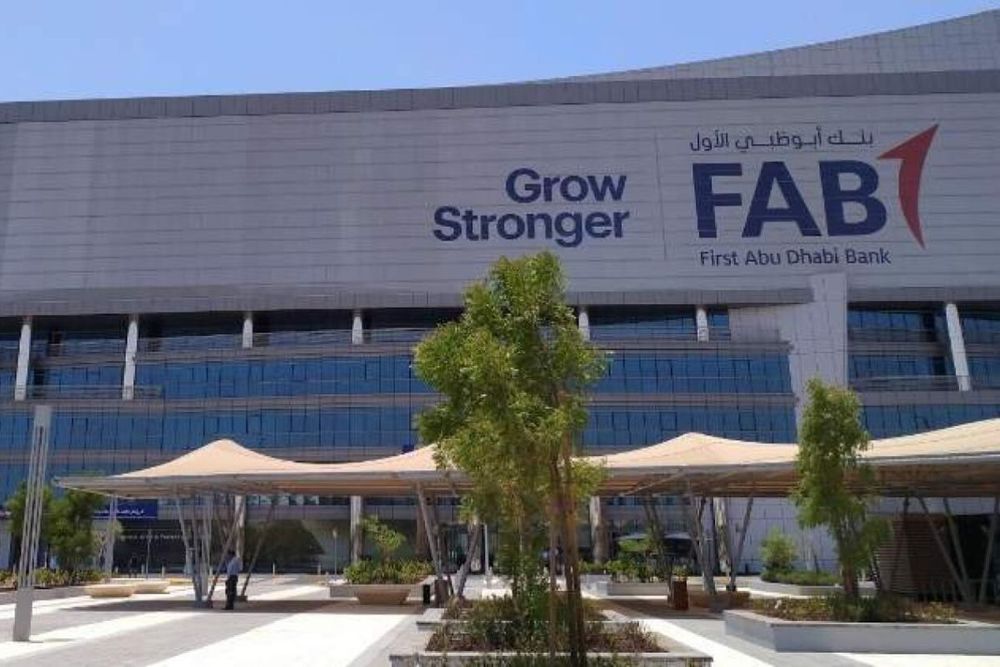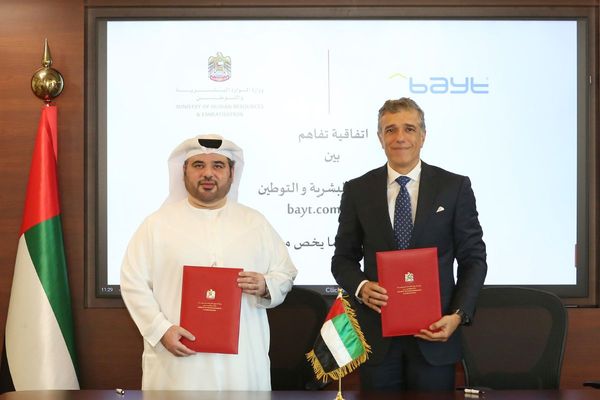The record surge was driven by both higher interest and non-interest income.
The four largest UAE banks – First Abu Dhabi Bank, Emirates NBD Bank, Abu Dhabi Commercial Bank, and Dubai Islamic Bank — which together accounted for 77 percent of banking assets as of March 20232 – reported a combined net profit of $7.4 billion in the first six months, up from $4.4 billion for the same period of 2022.
Predicting that bottom-line profitability will increase further this year, Moody’s Investors Service said high-interest rates and business activity, along with increasing operating costs and steady provisions, will continue to support net profits going forward.
The record surge in net profit was driven by both higher interest and non-interest income, as business activity remained strong, analysts at Moody’s said.
Alvarez & Marsal said in its Banking Pulse report that strong capitalization and robust performance of UAE tourism and real estate sectors leave banks in the UAE well placed to weather any macroeconomic challenge. The report illustrates a positive trend in the UAE banking sector’s profitability, primarily driven by an increase in non-interest income and reduced impairment charges. The Central Bank of UAE Credit Sentiment Survey also indicates strong loan demand growth and optimistic expectations on credit appetite from financial institutions.
As the UAE economy remained resilient, net interest income surged 37 percent year-over-year, outweighing funding cost growth, Moody’s analysts Francesca Paolino and Diva Bashay wrote.
“We expect net profit to continue to grow over the next 12-18 months, albeit at a slower pace, as high-interest rates will continue to support net interest income and strong business momentum non-interest income. The higher interest and non-interest income will balance increasing operating costs, whereas provisioning charges will continue to normalize,”
they said.
Low-cost current and savings accounts remained a big contributor to the banks’ funding, driving net interest margins (NIM) up to 2.4 percent for H1 2023 from 1.9 percent a year earlier, Moody’s report said.
Combined noninterest income of the top four banks rose 41 percent, driven by large gains in trading and fee-generating activity, which grew 11 percent. Non-interest income contributed 31 percent of the four banks’ overall operating profit.
“Strong and improving efficiency with higher costs offset by operating income growth. Combined operating expenses increased 19 percent year-over-year, because of higher staff costs and technology investments. Higher operating income (up 38 percent) more than offset the increase in costs, and banks reported an improved cost-to-income ratio of about 27 percent,”
said the report.
“Loan-loss provisions remained lower than the 2020 peak. The four banks’ combined impairment charges were stable and below pandemic levels, reflecting higher provisions at two of the banks, to account for impairment charges on a few corporate accounts, against lower and stable charges at the other two, driven by solid recoveries. The banks’ aggregate cost of risk was below pandemic levels at 0.7 percent of gross loans in H1 2023,”
“Core capital buffers supported by higher profits. The banks maintained strong capital buffers with a tangible common equity ratio of 15.1 percent in aggregate as of June 2023. Strong earnings contributed to higher core capital buffers, more than offsetting risk-weighted assets growth,”
it said.
News Source: Khaleej Times









